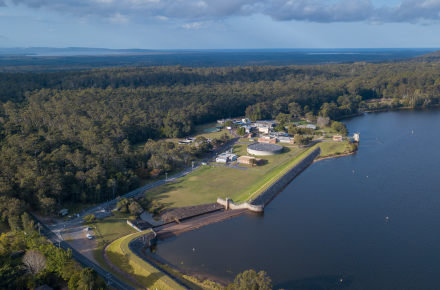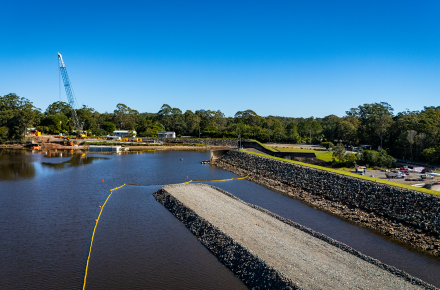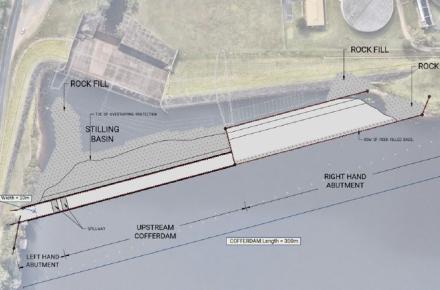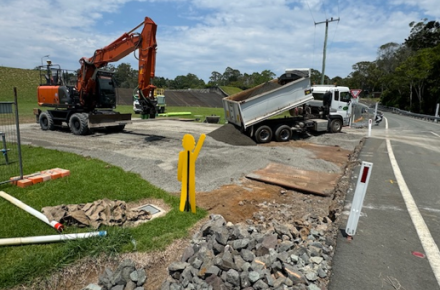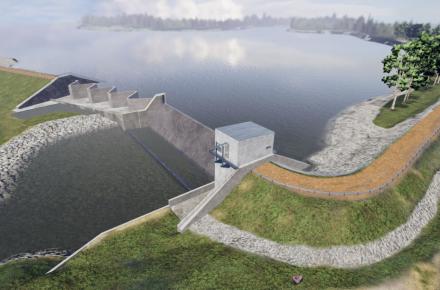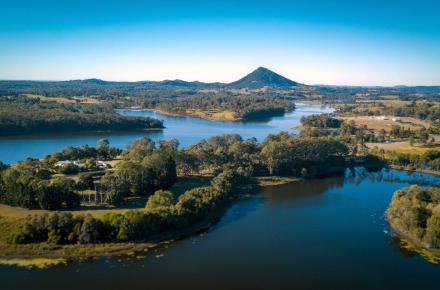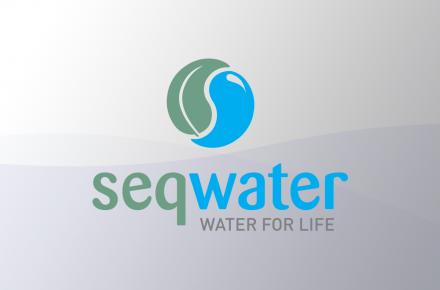Trees approved for removal as part of the Lake Macdonald Dam Improvement Project to ensure safe construction access will be repurposed to form underwater habitat structures for the endangered Mary River cod and other native species.
“We carefully plan our projects to reduce environmental impacts, and the local Logs for Cod initiative helps give a second life - underwater - to some of the trees that need to be removed for essential construction,” said Ms Dixon.
The trees will be transformed into hollowed-out timber structures designed to mimic natural breeding and spawning environments.

Each log is carefully hollowed out by regional environmental body, Burnett Mary Regional Group, and anchored into the riverbed in locations determined by best available data and expert fish ecologists.
Burnett Mary Regional Group CEO, Tom Espinoza, said the initiative demonstrates the power of collaborative environmental stewardship.
"Across the Mary River system, the story of the cod has always been a measure of the river's health," said Mr Espinoza.
"By transforming these trees into purpose-built habitats, we're helping restore the conditions the species needs to thrive. By placing them in specific areas of the river where they are needed, and combining with other recovery actions such as conservation stocking and pest fish removal, we have a holistic program aimed at restoring cod populations."
Mr Espinoza said the project highlighted what could be achieved when organisations worked together with a shared environmental vision.
"When organisations come together with a shared commitment to environmental stewardship, we create outcomes that endure far beyond the life of a single project."
Seqwater is upgrading Lake Macdonald Dam to ensure the dam meets modern engineering and design standards to ensure it continues to operate safely and provide water security for generations to come.
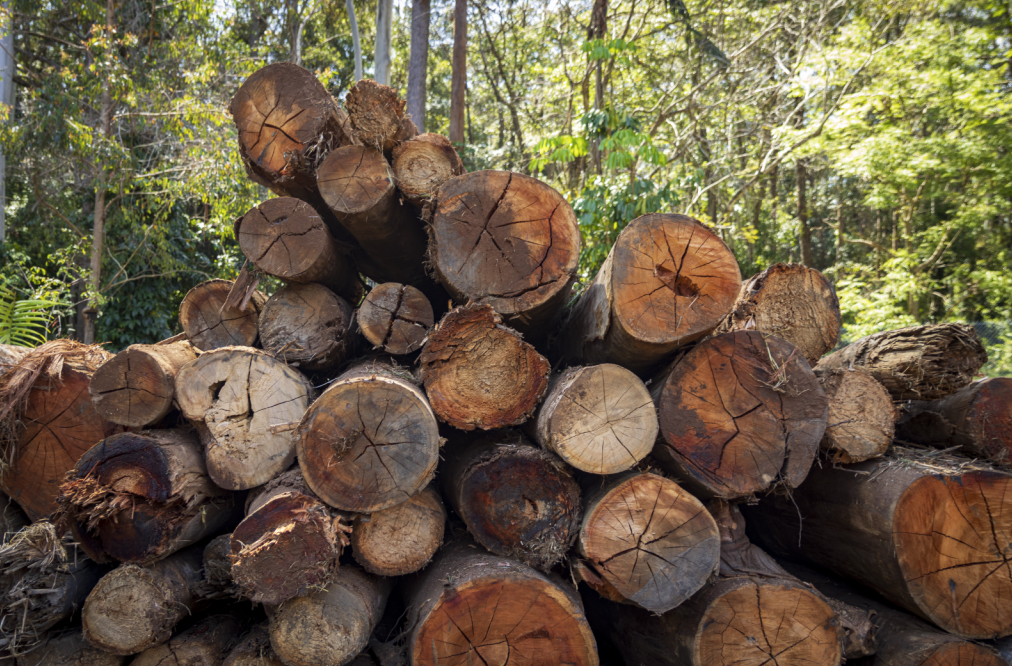
Other strategies to mitigate ecological impacts throughout the project include the recently completed fish salvage and relocation program, ongoing water quality and downstream flow monitoring, and restocking cod in Lake Macdonald following construction.
As part of the Lake Macdonald Dam Improvement Project’s environmental offset requirements, Seqwater will also construct a fishway at Gympie Weir on the Mary River.
The fishway will enable fish and turtles to move upstream and downstream, improving connectivity across the Mary River catchment, including access to tributaries such as Six Mile Creek, and supporting the recovery of threatened species like Mary River cod and turtles.
To connect with a member of the Seqwater project team, email [email protected] or call 07 3432 7000 (during business hours).
To stay up to date on the latest project updates, visit the Seqwater website.




